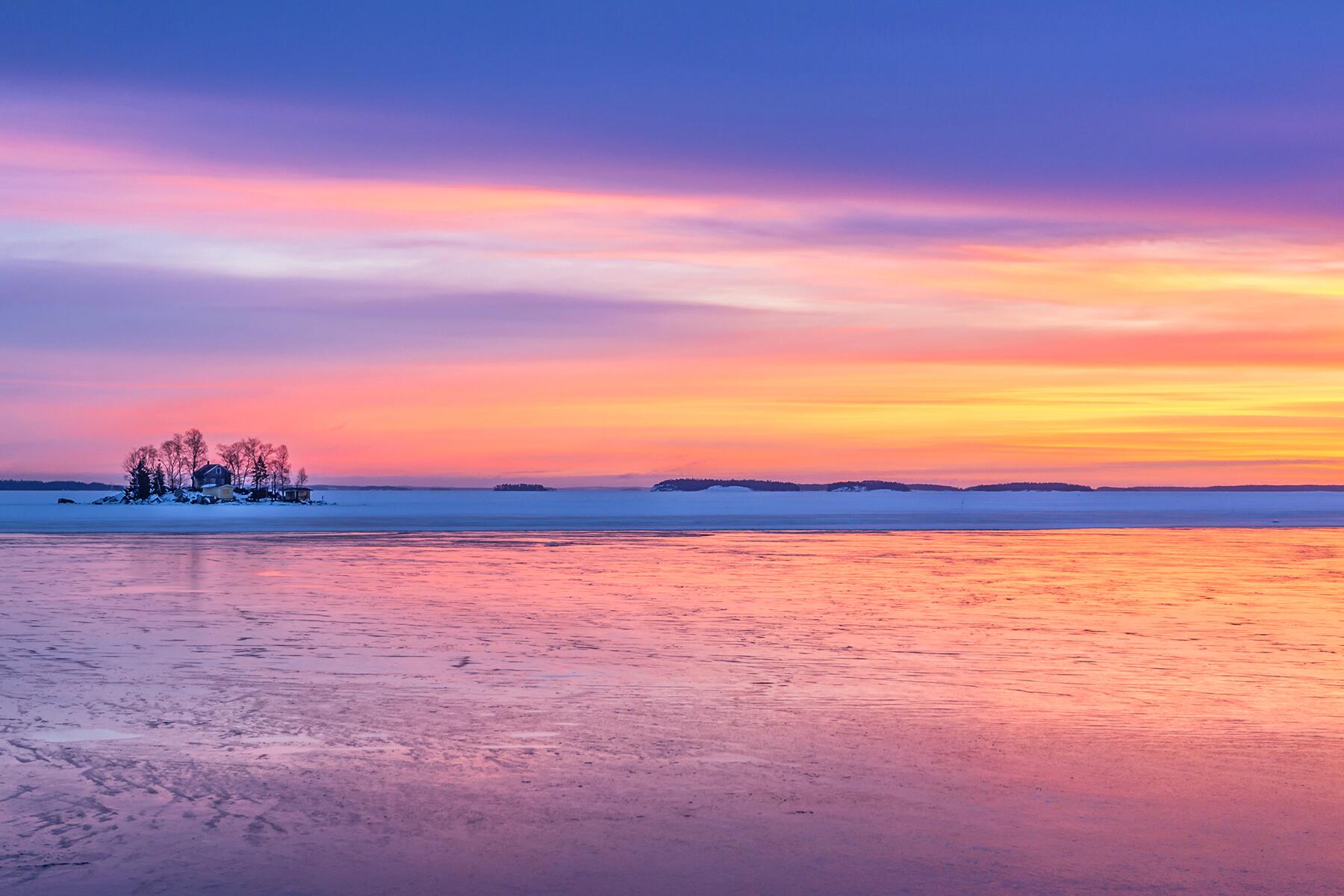Terceira’s beloved “happy cows” produce amazing cheese against a backdrop of stunning volcanoes and rocky beaches.
Azoreans have always had a strong connection to cattle. In the 1400s, when the Portuguese discovered the nine volcanic islands and decided to settle them, they first left a bunch of livestock to see if they could survive—after all, the rocky terrain seemed somewhat uninhabitable. When the explorers returned a few years later and saw the cows thriving, they began to settle the islands, which became known as the Azores (or Açores in Portuguese). Located in the middle of the North Atlantic Ocean, about 1,000 miles from Lisbon, the Azores are known for having more cows than people. And in the middle of those nine islands lies Terceira, one of the largest islands in the archipelago—at a mere 154 square miles.
Today, Terceira is home to about 56,000 people and twice that many cows, including the rare (and now protected) caramel-colored Ramo Grande breed, which arrived with the very first settlers. The Azores is responsible for almost half of Portugal’s dairy production, and the “happy cows,” as locals call them, can be seen grazing all over the island—grass-fed is a given here and barns are unheard of.
“The mild climate and excellent weather conditions allow the cows to live outdoors all year round, free to roam pastures and fields surrounded by volcanic stones and some of the most beautiful views of the islands,” says tour company Azores Getaways’ Terceira guide, Marina Nunes, who grew up on the island.
From weekly bull runs to tasty fresh cheese to Portuguese style beef stew called Alactra, it seems like everything here revolves around the bovine. Happy cows aside, Terceira has some truly spectacular natural wonders, a fascinating history, and a culture all its own. Take a look at why this Azorean island needs to be on your must-visit list.





